Roddenberry's 1984 Mac: What Else Could He Have Used?
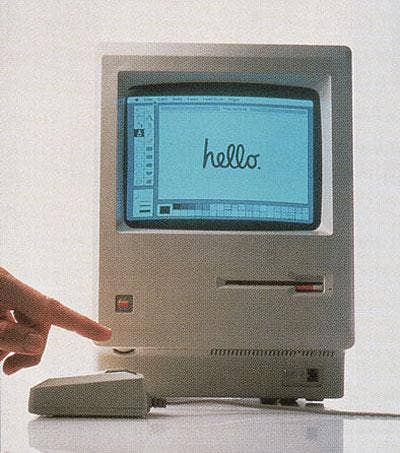
Although Apple gave Gene Roddenberry a Macintosh Computer in 1984, there were other tech products he could have received that year as well. Next month, that machine is being auctioned at a starting price less than its original price tag of $2,500. (Rumor has it the Mac could end up fetching a far larger sum.) Even in 1984, $2,500 seemed affordable for a machine that could perform word processing, offered decent graphics and could be used in the home -- or starship. But there were some other computer products Roddenberry could have packed inside on the voyages of the starship Enterprise
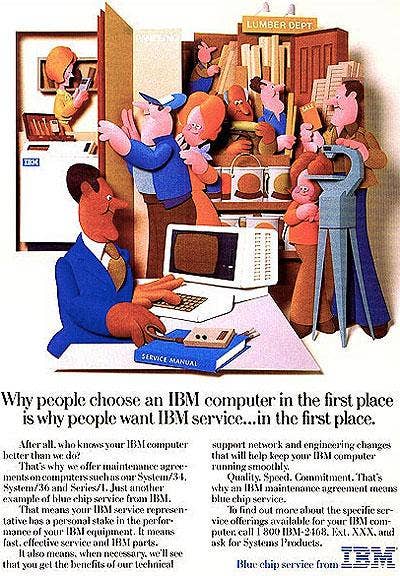
This was the year IBM debuted its Portable Personal Computer. This luggable 30-pound load used Intel's 8088 16-bit processor and ran PC-DOS. It cost roughly $3,000 and had the then-popular 1.2-MB 5.25-inch floppy drive and one 360K drive. Standard equipment included 640K of RAM and a 9-inch amber monitor. IBM also introduced the Personal Computer/AT in 1984. An ad (left) illustrates how even then, IBM realized its success was tied to delivering customers excellent service.
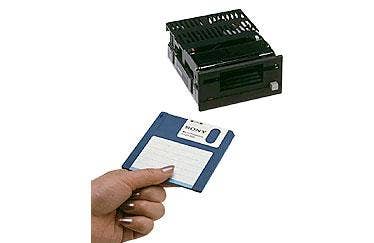
Although Sony had manufactured 3.5-inch disks since 1982, it needed ANSI (American National Standards Institute) to endorse the technology as industry standard so it could sell MFD (micro floppy disk) drives as an OEM to computer manufacturers. ANSI finally endorsed the standard in 1984. HP and Apple were early adopters, and, eventually, IBM endorsed the 3.5-inch MFD for its PS series computers. The end of the 5-inch floppy was near.
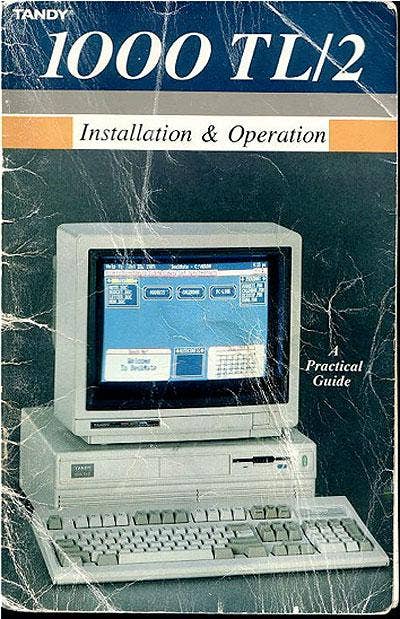
If Radio Shack had only thought to give Roddenberry a Tandy, things might have turned out different for the now-defunct brand. The IBM-compatible PC quickly became the best-selling brand of its time. Priced at $1,199, it was roughly $1,000 less than the equivalent IBM PC, and had 128K of main memory, one floppy-disk drive and two software packages included.
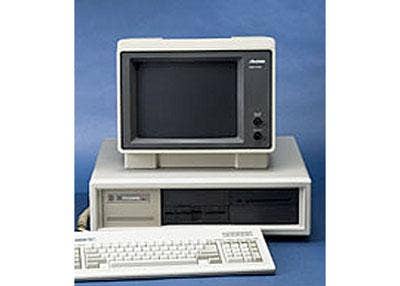
Michael Dell in 1984 founded PCs Limited -- what is now known as Dell Inc. He sold his first computer design, the Turbo PC, out of his college dorm room using the direct-to-consumer sales model, and effectively competed against the likes of IBM and Compaq.